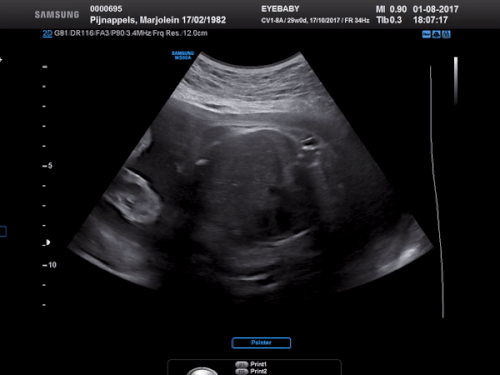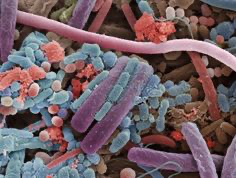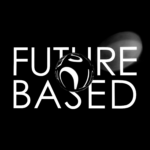Creating Life
A three part essay on human beings – being human
A collaboration with Marjolein Pijnappels – text and images (curated) by Marjolein.
In a series of three video essays created in collaboration with Marjolein Pijnappels, we explore how life is created and sustained on our planet. Taking a closer look at human birth, mycorrhiza connectivity, chimerism and the pan-microbiome from a philosophical and personal perspective, Marjolein aims to shed light on the different aspects of the ability to bring new life into the world. Earlier, Marjolein wrote the article You Are a Planet Swarming with Life, for the Future Based platform.
This research will run from June through December 2021, begins with a personal examination and reflection on the three topics around the theme “Creating Life”: Life Cycle, Multitudes, Networked Beings. Marjolein curates images, creates videos, voice memos, and illustrations. During that same period, Marjolein engages in conversations with scientists and artists and filmmakers to discuss her ideas. The final result of three video essays, will be part of a meetup and published on our website.



“I have three hearts.” ~ poet Warsan Shires
Life Cycle:
Studying Elselijn Kingma’s part-whole model I finally found words to describe the experience of being pregnant. Pregnant women are superorganisms, a temporary fusion or a blurring of self-and-other, one organism with two hearts, part of each other. That begs questions like what, if any, are the entities that persist through conception, pregnancy and birth? When is life created? Dissecting the life cycles of different organisms it become increasingly muddied to say where one generation starts and a new one begins. There is no language, no framework to talk about these very common human, or even organismal experiences. In this episode I’m trying to make sense of it all.



“I am large, I contain multitudes.” ~ poet Walt Whitmann
Multitudes:
For the most part of my life, I thought it was pretty straightforward: I am half my moms and half my dad’s genes. But it’s not so simple. Besides the genes from my parents, I turn out to be a mosaic of viruses, bacteria – and potentially, other humans, notoriously, parts of my children. I’m a superorganism, a holobiont, a composite creature, consisting of multitudes. The Western self is a bounded, autonomous entity, defined in no small part by its presumed distinction from the other. Looking at other species, especially colony forming ones, it’s not so straightforward what counts as an individual organism. Is it the individual bee? The hive? Or even the whole forest? Is earth a giant organism, and am I even an individual, or should I myself be considered a planet with vastly different ecosystems, guided by a central brain?



“Life did not take over the world by combat, but by networking.” ~ Evolutionary biologist Lynn Margulis
Networked Beings:
The monumental beech tree on the plot of land next to my house is an impressive creature, and not just by her size. This giant mothertree suckles her children through a complex network of mycorrhiza, fungal-plant tubers and roots that are able to distinguish between her offspring and just a random beech sapling. These networks persist throughout nature and illustrate how we are all permanently connected and influenced by each other. Scientists call the tree-network the Wood Wide Web and ask questions about where species begin and end; about whether a forest might be better imagined as a single superorganism, rather than a grouping of independent individualistic ones.

